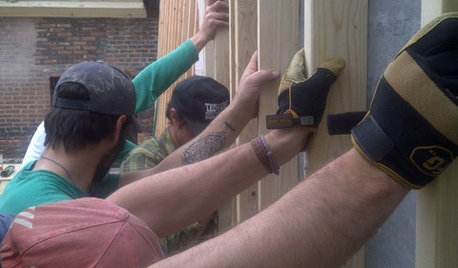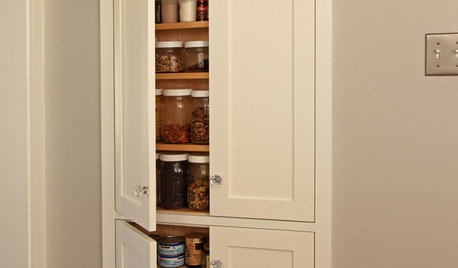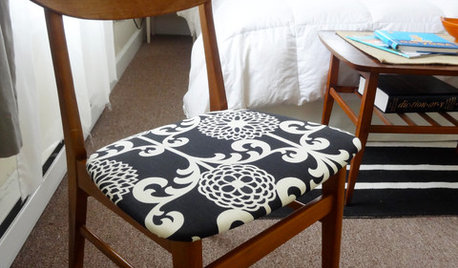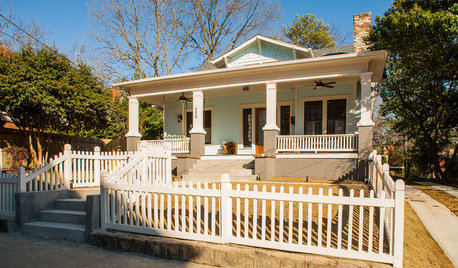Limit to wires thru single hole in stud?
david_cary
13 years ago
Related Stories

DECORATING GUIDESQuick Fix: Find Wall Studs Without an Expensive Stud Finder
See how to find hidden wall studs with this ridiculously easy trick
Full Story
KNOW YOUR HOUSEMeet the Studs
Two-by-fours are just the kind of strong, silent type every home needs. Get to know studs — and how they lie about their size — right here
Full Story
STORAGETap Into Stud Space for More Wall Storage
It’s recess time. Look to hidden wall space to build a nook that’s both practical and appealing to the eye
Full Story
KITCHEN DESIGNSingle-Wall Galley Kitchens Catch the 'I'
I-shape kitchen layouts take a streamlined, flexible approach and can be easy on the wallet too
Full Story
DIY PROJECTS29 Home Projects to Make You a DIY Superstar
Patch up holes, turn trash to treasure, erase stains ... these doable DIY projects will better your home and boost your ego
Full Story
DESIGN DICTIONARYConduit
A conduit inside a building serves as a channel for electrical cables and wires
Full Story0

HOUZZ TOURSMy Houzz: Creative Renters Triumph Over the ‘No Paint’ Rule
Not allowed to paint and limited with nails, a design-minded couple uses furnishings and textiles to make their rooms stand out
Full Story
FEEL-GOOD HOME10-Minute Updates to Freshen Up Your Home
When life is hectic and time is limited, these speedy styling tricks can make a big difference
Full Story
BEFORE AND AFTERSHouzz Tour: New Life for a Historic Georgia Fixer-Upper
Renovation restrictions didn't limit a couple's enthusiasm for this well-sited Decatur home
Full Story
HOUSEPLANTSOne Pot, One Big Shot of the Tropics
Give your rooms exotic flair in a single stroke. Tall Kentia palm fits the tropical bill beautifully
Full Story






manhattan42
normel
Related Professionals
Fort Lee General Contractors · Hartford General Contractors · La Grange Park General Contractors · Langley Park General Contractors · Marysville General Contractors · Oxon Hill General Contractors · Shorewood General Contractors · Champlin Solar Energy Systems · Elmwood Park Solar Energy Systems · Half Moon Bay Solar Energy Systems · Prunedale Solar Energy Systems · Flower Mound Home Automation & Home Media · Tacoma Home Automation & Home Media · Tampa Home Automation & Home Media · Walnut Creek Home Automation & Home Mediabrickeyee
david_caryOriginal Author
manhattan42
steveshisler
samneric
manhattan42
manhattan42